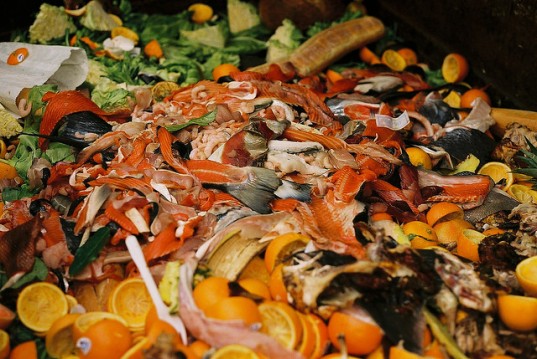Waste management is highly context specific. Therefore it is important to distinguish between the conditions in the Global North and the Global South. Recent ILO figures suggest that 24 million people around the world are involved in the informal waste recycling sector, 80% of whom are waste pickers. Some estimates say that 1% of urban population in developing countries makes their primary household income through informal sector waste management activities. In Latin America alone, 4-5 million waste pickers earn their livelihood by being a part of the global recyclables supply chain.
Municipal budgets in the Global South are often limited and only a small percentage of that budget is assigned to waste management as compared to other municipal services. In the Global North waste management is recognized as a necessary public good and there is a greater willingness to pay for this service. Solid waste management (e.g. waste collection, transportation and recycling) is generally more labour intensive than in North America and Europe.
Urbanization in the Global South is often haphazard and unplanned; creating pockets of high and low income neighbourhoods. This creates logistical issues for the waste management service provision limiting options for viable waste collection and transportation. It is often the informal sector that steps in to fill this service gap.
The maturity and strength of the legal framework differs between the Global South and Global North. In North America and Europe the legal framework of waste management actively promotes and provides incentives for waste reduction, reuse and recovery whereas, despite recent developments in some countries, in Latin America legal frameworks remain focused upon mixed waste collection, transportation and disposal.
Recycling rates in Argentina are at 11% of the total waste stream with 95% of this material is recovered by the informal sector. This situation is replicated in many other countries. The informal sector recovers between 50% (e.g. Mexico) and 90% (e.g. Nicaragua) of the waste recovered and in the different countries of the region. Resource recovery and recycling is driven by market conditions. Materials that have a value are diverted from landfill through an informal network of recyclers and waste collectors.
The composition of waste is also very different in the Global South where organic waste is a much larger percentage of the waste stream. Because of the high percentage of organics in the waste stream in many cities in the Global South, innovations in decentralised composting and small scale biogas have been seen across the Global South (particularly in India) and can be used effectively by the informal sector, making a zero waste future a real possibility.
Role of Informal Recycling Sector
The informal sector can be highly effective at collecting and diverting garbage from landfill. When empowered with a facilitating legal framework, and collectively organized, the informal sector can be a key part of a sustainable resource recovery system. Using people power to increase recycling and diversion rates decreases the need for expensive, fixed, high technology solutions.
Understanding that the context for waste management is different between the Global North and Global South, and even in different areas within a city or region, means that no two situations will be the same. However, if there is one principle to follow it may well be to consider the context and look for the simplest solution. The greenest cities of the future may well be those that use flexible, adaptable solutions and maximize the work that the informal sector is already doing.
Note: This excerpt is being published with the permission of our collaborative partner Be Waste Wise.


















